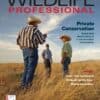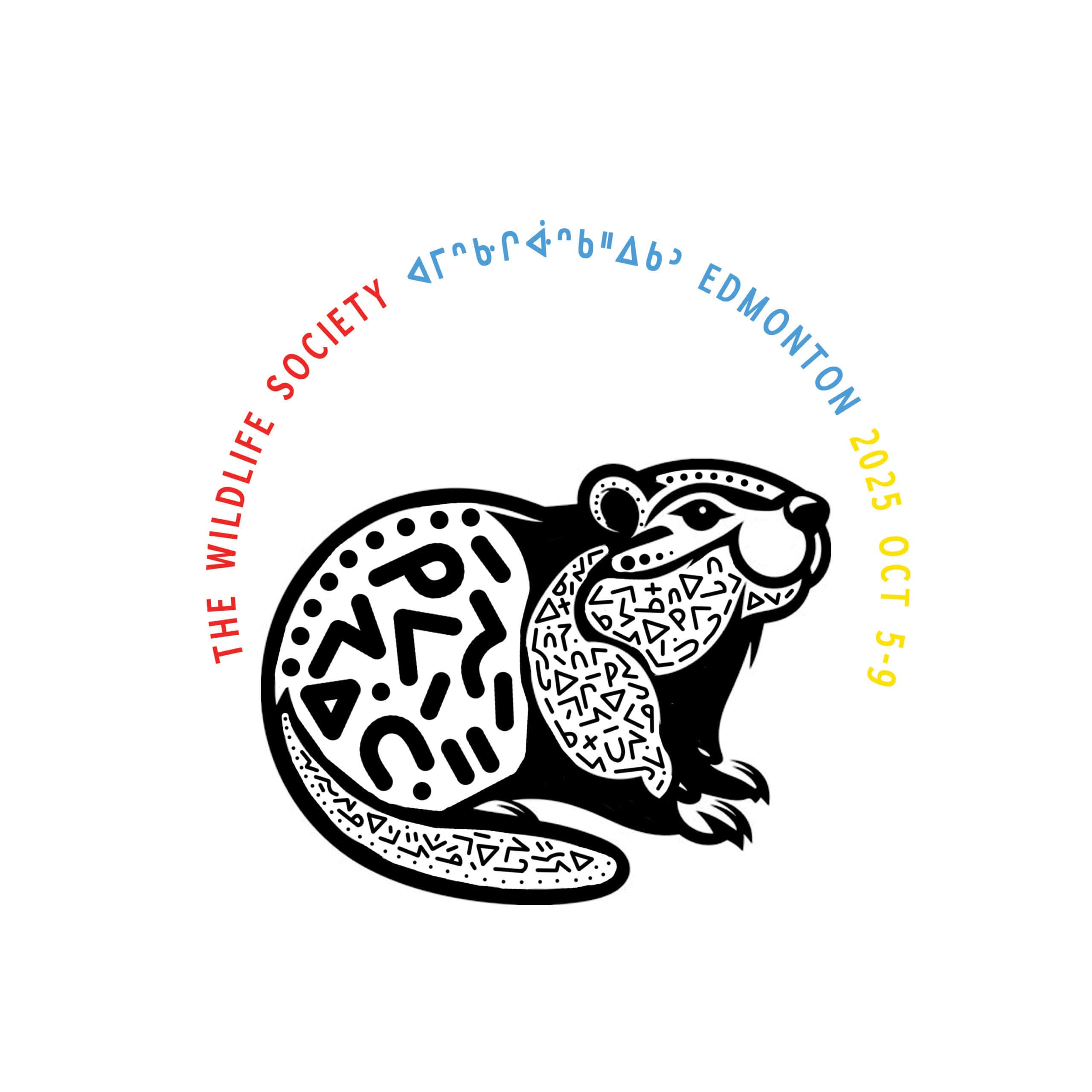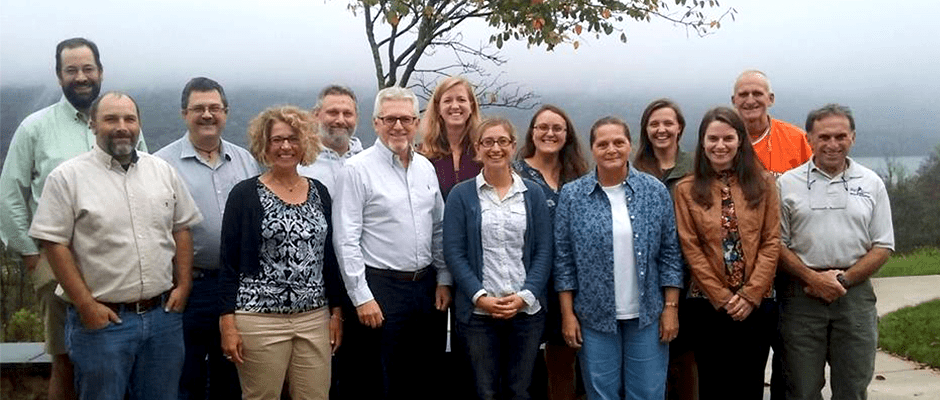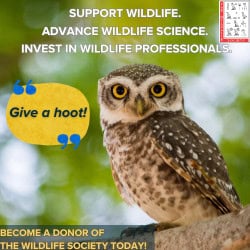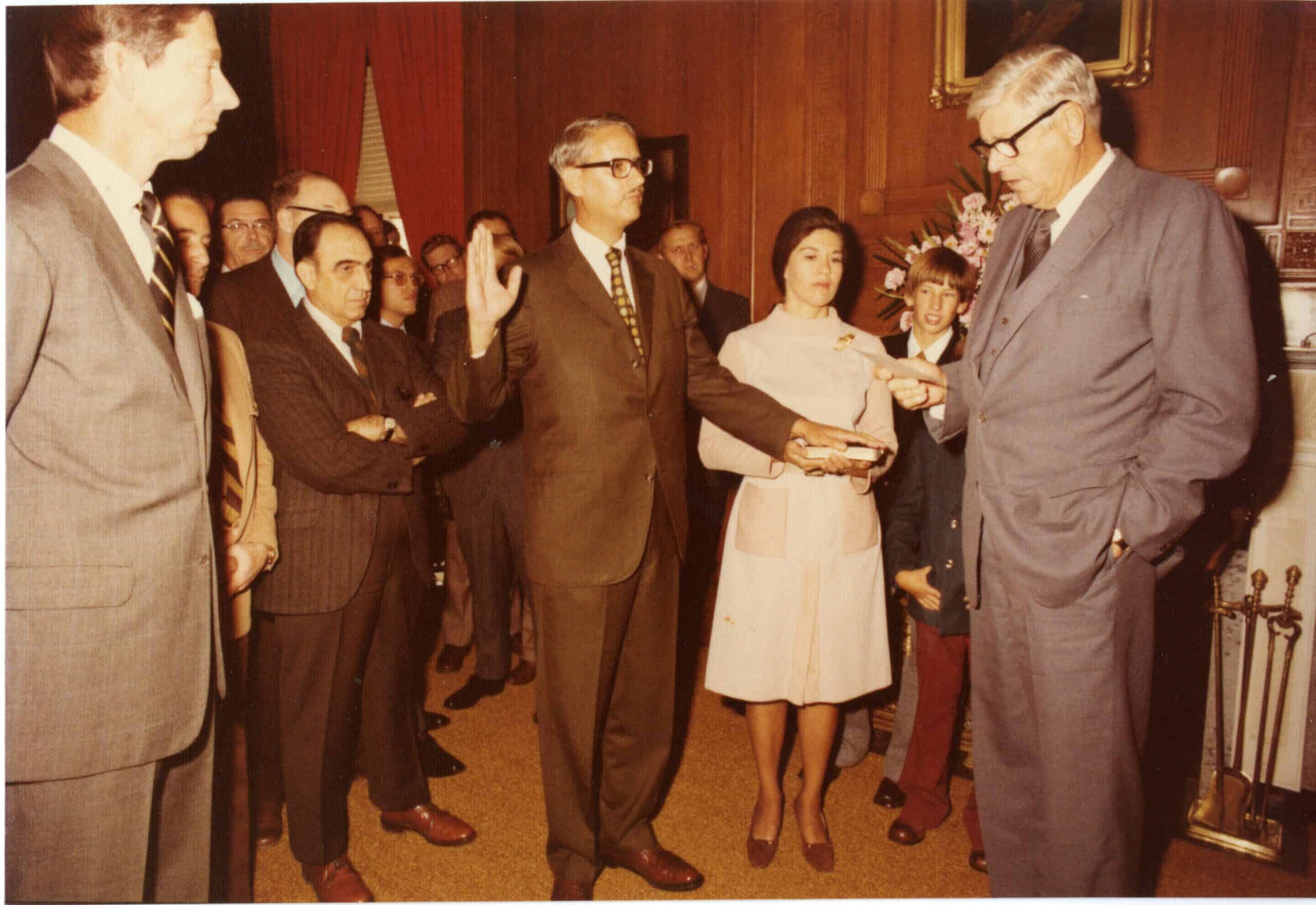Share this article
New dues structure brings more Northeast Section members
The Wildlife Society’s Northeast Section membership increased from 350 to 1,200 members since it implemented a change in its due structure about eight months ago.
In the past, members had to sign up specifically to be in the Northeast Section. Now, TWS members in any of the northeastern states immediately become members of the Northeast Section. Members can opt out, and people who don’t live in northeastern states can still pay a small fee to become members.
“It really gives us a chance to reach out to people living in our area,” said Emily Just, the president of the Northeast Section.
Terra Rentz, the past president of the section, spearheaded the effort after looking for ways to bring the state chapters, student chapters, headquarters and Northeast Section together. In the past, many important services and programs came from the Northeast Section, Rentz said.
“The Northeast Section has an amazing history,” she said. “Some of the major initiatives in the Northeast came out of the section when it was a lot stronger.” However, many of these things “got legs and started to stand on their own” and the section’s role decreased.
After realizing the relevancy of the Northeast Section and the benefit of having a unified voice, Rentz and Just talked with Ed Thompson, then the chief operating officer at TWS, and came up with the idea to have TWS members currently living in the Northeast become immediate section members. They agreed to launch a two-year pilot program through which TWS would provide the Northeast Section with a negotiated rate per person that was substantially less than section dues, but slightly more revenue for the section based on the significantly higher number of members.
The move would immediately satisfy one of the section’s top goals of increasing engagement and networking among wildlife professionals in the Northeast. TWS’ primary goal for engaging in the pilot program, Thompson said, is to see if automatically providing this additional level of engagement through the section results in a higher TWS membership renewal rate — a key metric in measuring member satisfaction.
“We ran this across all the state chapters in the Northeast, and they all liked it,” Just said.
While it’s still pretty early on in this test program, Just said the section has already seen some increased participation. The recent election had a pretty good turnout, she said. “New members are getting a better understanding of the Northeast and what we’re doing.”
The election not only allowed members to vote for the new president-elect and secretary, but also for a new position statement on forest biodiversity and to review updated bylaws.
The section also recently sent invitations to a Northeast Fish and Wildlife Conference in Burlington, Vermont in November. “We’re hoping to get a good turnout there as well,” Just said.
Rentz said she is also interested in seeing how the new structure affects attendance at the meeting. “A number of state agency directors weren’t members of the section, and now they are,” Rentz said. “It will be interesting to see how this impacts things.”
Just said there is also a new student representative who reaches out to student chapter advisers on a regular basis and maintains the section’s Facebook page. She hopes the new members benefit from job posting and other important updates on the page.
“One of the big opportunities I’m hoping this will bring to members, is we have a lot of committees that do great work, which leaves a lot of room for new individuals to get engaged,” Just said. “I’m hoping new members want to be more active and join us.”
Rentz hopes if the new dues structure proves successful it can become an example for other sections. “I’m pretty jazzed about the pilot,” she said. “I hope there’s an added benefit of it, and it becomes a model for other sections. I’m super happy the Northeast Section can play a part of that and serve as that model, and hopefully it pays off.”
Header Image: Executives of the Northeast Section of The Wildlife Society held their fall meeting in October. Fifteen members attended the meeting, which was the first fall meeting in over a decade for the chapter. Image from Northeast Section of The Wildlife Society Facebook page.

